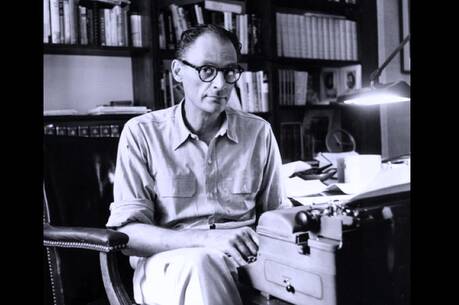Shortly after midnight Wednesday morning local time, the Indonesian government put eight men to death by firing squad. It was the first implementation of the death penalty since new President Joko Widodo came to office late last year.
Two of the eight were Australian citizens. In April of 2005, nine Australians (called “The Bali Nine”) were arrested while trying to smuggle 4 million dollars worth of heroin out of Indonesia and into Australia. Most were given sentences of multiple decades or life. But drug trafficking in Indonesia is an executable offense. And so in 2006 ringleaders Andrew Chan and Myuran Sukumaran were sentenced to death.
It’s been a painful and frustrating time for Australians. Australia’s state and federal governments abolished the death penalty long ago. The last state to allow executions ended the practice in 1985, but the country’s last actual execution was almost twenty years earlier, in 1967. The plight of Chan and Sukumaran has been front page news for months. The men’s lawyers and the federal government petitioned Indonesia repeatedly to settle with life imprisonment.
Even the Indonesian governor of their prison has stated he didn’t think should be executed. Over their 10 years in prison, Chan and Sukumaran became exemplary inmates. Sukumaran, 34, taught English and computers to other inmates and was put in charge of resolving disputes among a group of prisoners; he studied art and became a painter (his last work a devastating portrait of Indonesia’s flag dripping with blood).
Meanwhile Chan, 31, converted to Christianity. He ran drug counselling classes, visited sick inmates and ran an English language church service. Chan and Sukumaran also turned to their supporters to provide food, medical supplies and other resources for other prisoners.
Wednesday the two men and six others were taken to a field in the night. There the eight held hands and sang hymns in praise of God, including “Amazing Grace,” up until the moment the firing squad’s bullets ended their lives.
In the wake of their deaths Australia’s Prime Minister Tony Abbott withdrew Australia’s ambassador to Indonesia, declaring the matter “an appalling tragedy,” “cruel and unnecessary.” “Australia respects the Indonesian system. We respect Indonesia’s sovereignty,” Abbott stated. “But we do deplore what’s been done, and this cannot be simply business as usual.”
Over the last four months there have already been thirteen executions in the United States, the most recent Manuel Garza, 34, killed in Texas on April 15th. The next execution is currently slated for May 12th, also in Texas. (Six of the thirteen executions thus far this year have occurred in Texas.)
32 states still have the death penalty, as do the federal government and the federal military. Two more states have ended further use of the death penalty but still have inmates on death row.
Some might think the point of making such a comparison is to show how far we are in this country from the Kingdom. But honestly, many Indonesians will look upon Australia’s outrage today with a combination of disgust and bemusement given Australia’s ongoing, often shocking treatment of its asylum seekers. No, there’s nothing but sinners here (or anywhere).
The point instead is this: A change of heart is possible. An entire country can go from a place where it accepts the death penalty as common sense to a time in which citizens mourn not just the death of innocents but drug smugglers, where its leaders are willing to put a key international relationship into turmoil for their cause, where an entire nation cries injustice.
We’re not there yet. Far from it. But it is possible.
(Before his execution in Texas Manuel Garza had been in jail 14 years, since he was 20 years old. In 2001 he was convicted of the death of a SWAT officer who had accosted him about outstanding warrants. Garza had a long criminal record, mostly for thefts, and was in a gang.
When he fled the officer pursued him, pulling his gun. A struggle ensued. Garza got hold of the gun and shot the officer.
He said at the time that he had no intention of hurting the officer and questioned why the officer had pulled the gun at all. In appeals he argued that his lawyers never introduced witness testimony that suggested the gunshot was accidental, nor medical records that suggested he was so badly beaten that he might have taken the gun in self defense.
Before his execution he apologized for the pain he had caused to his family, friends and "especially police officers.")








